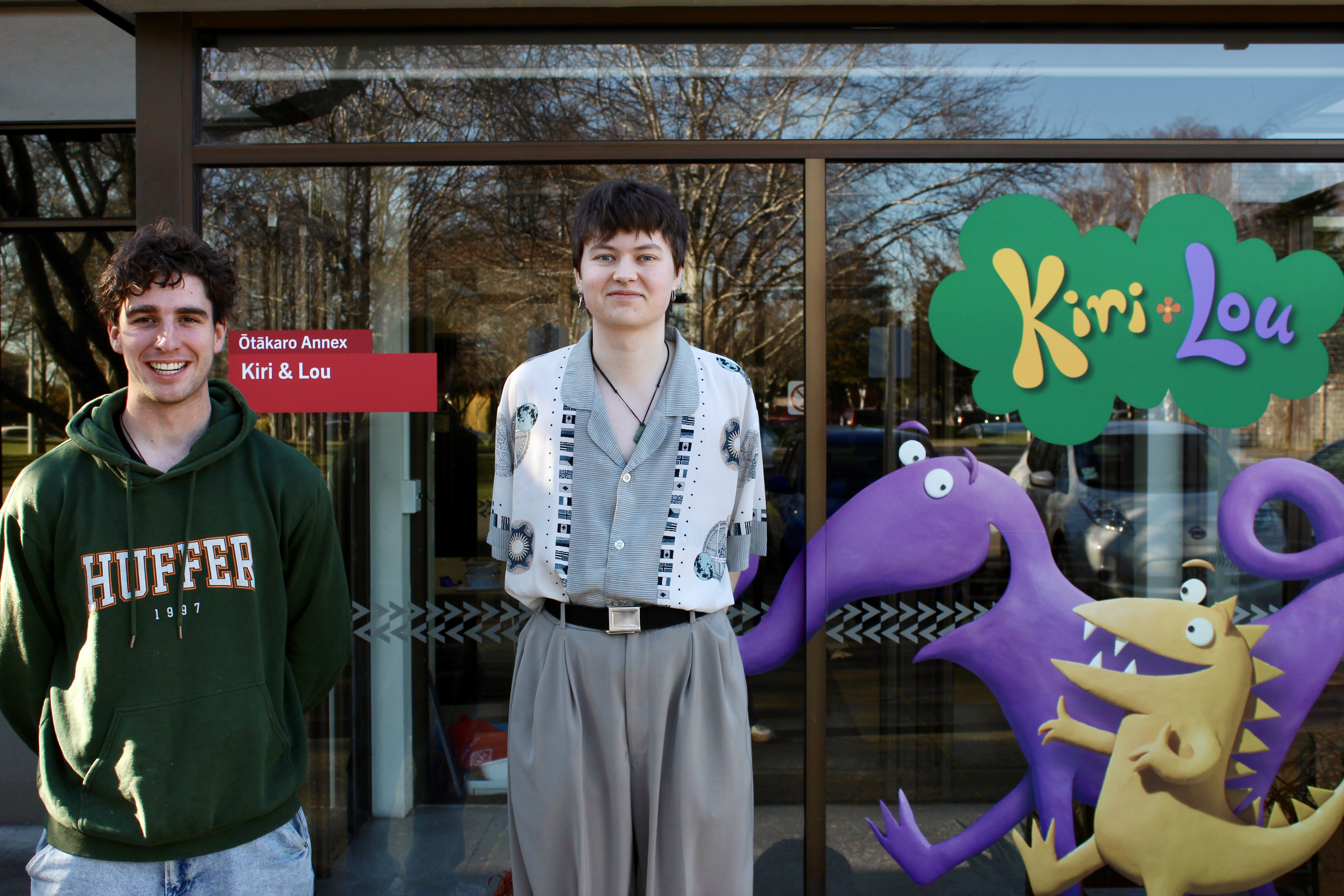Dr John Reid explains, “Until recently, there has really been no way of accurately pinpointing which land management practice is better than another or who is operating within sustainable limits. We need to be able to identify who they are and what they are doing so that we can then spread their practices to others. High-resolution data, now starting to be captured, is opening up a way to achieve that.”
Dr Reid and Professor Wilson lead a team of internationally prominent researchers and practitioners. Feeding into the model will be multispectral aerial imaging and radar data, integrated with satellite technology to create detailed maps of the ground down to the square centimetre.
“If you can imagine a traffic light system applied across the landscape, what we are seeking to do is build up a picture of what current land management practices look like with green areas being the most sustainable. We can also measure how much is being produced and identify high production areas. In turn, that will enable us to find the farms that are both highly productive and environmentally sustainable.
“The question then is, ‘what happens if all Aotearoa New Zealand was farming in that way? What would be the impact on GDP and climate emissions? We hope to use the model to find out whether or not it will be possible for Aotearoa New Zealand’s farming sector to become carbon neutral.”
Another goal will be to show how sustainable farming practices can generate positive social impacts, such as higher quality drinking water.
“We will also consider the impact on Māori values, and relationships with wāhi tapu sites, sacred places and areas.”
Alongside this research, Dr Reid is co-leading the development of a national Eco-index to measure biodiversity with fine-scale accuracy which will also link in with Te Pūheke. “This new integrated, multidisciplinary, cross-cultural evaluation and prediction framework will highlight positive stories of good land management practices and open a pathway towards a more sustainable future.”




.jpg)






